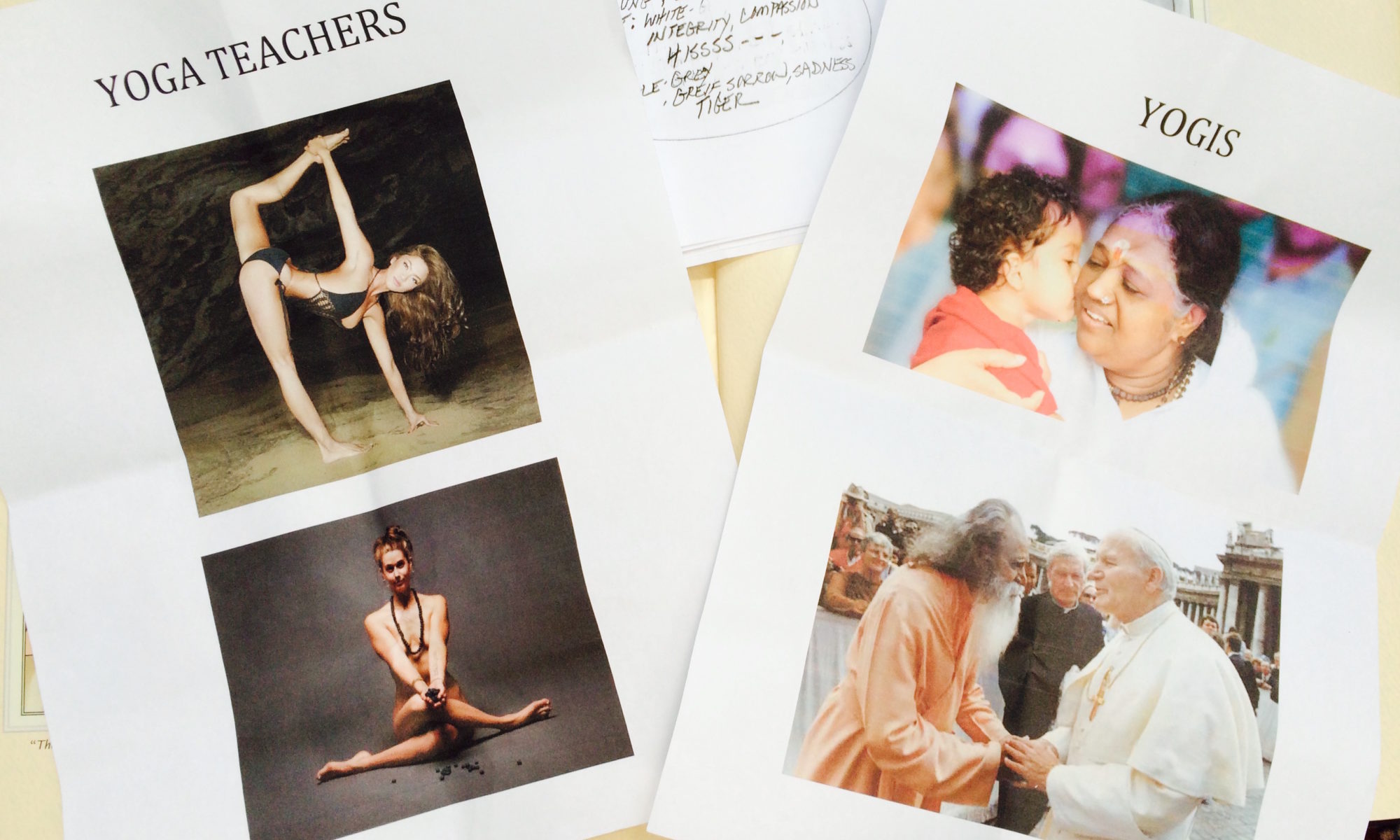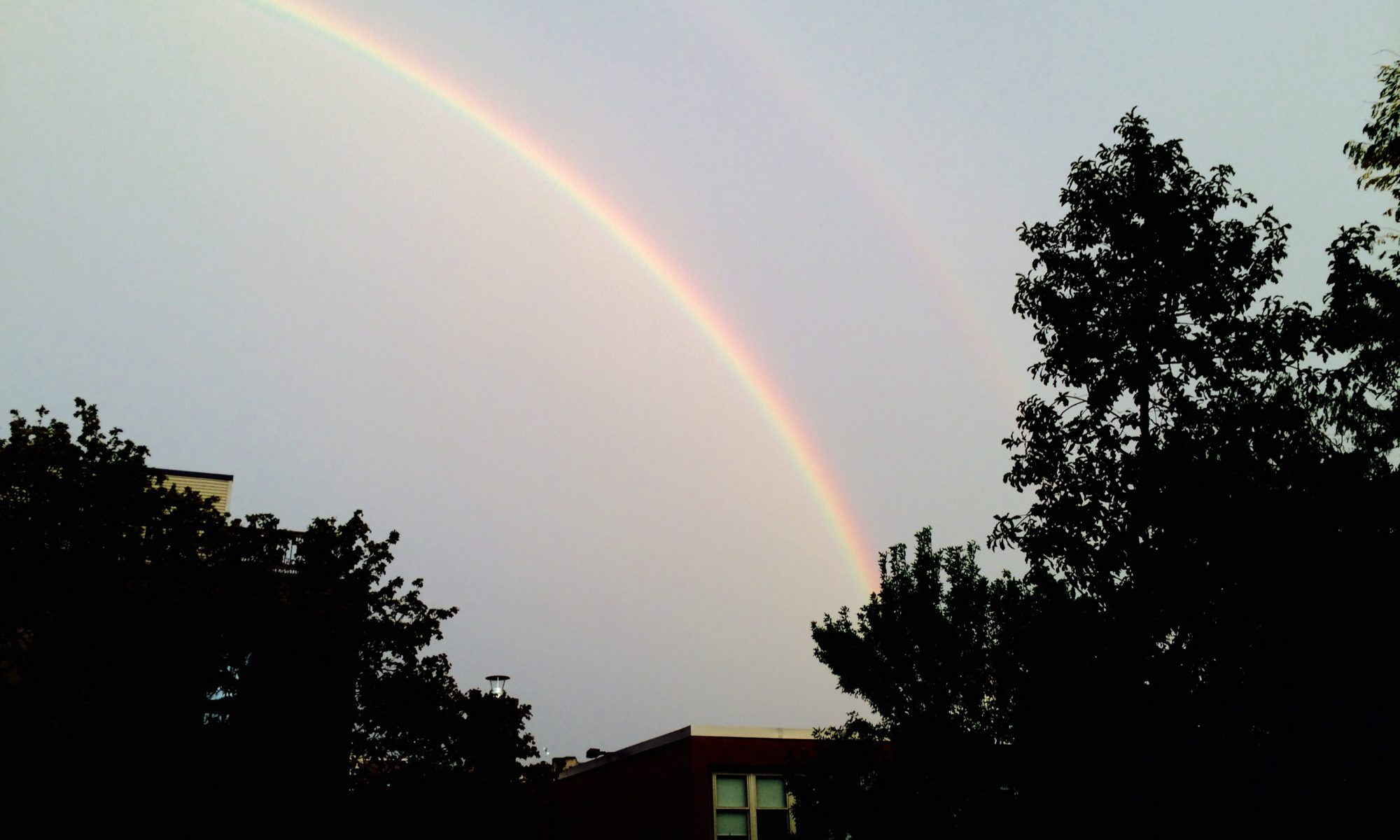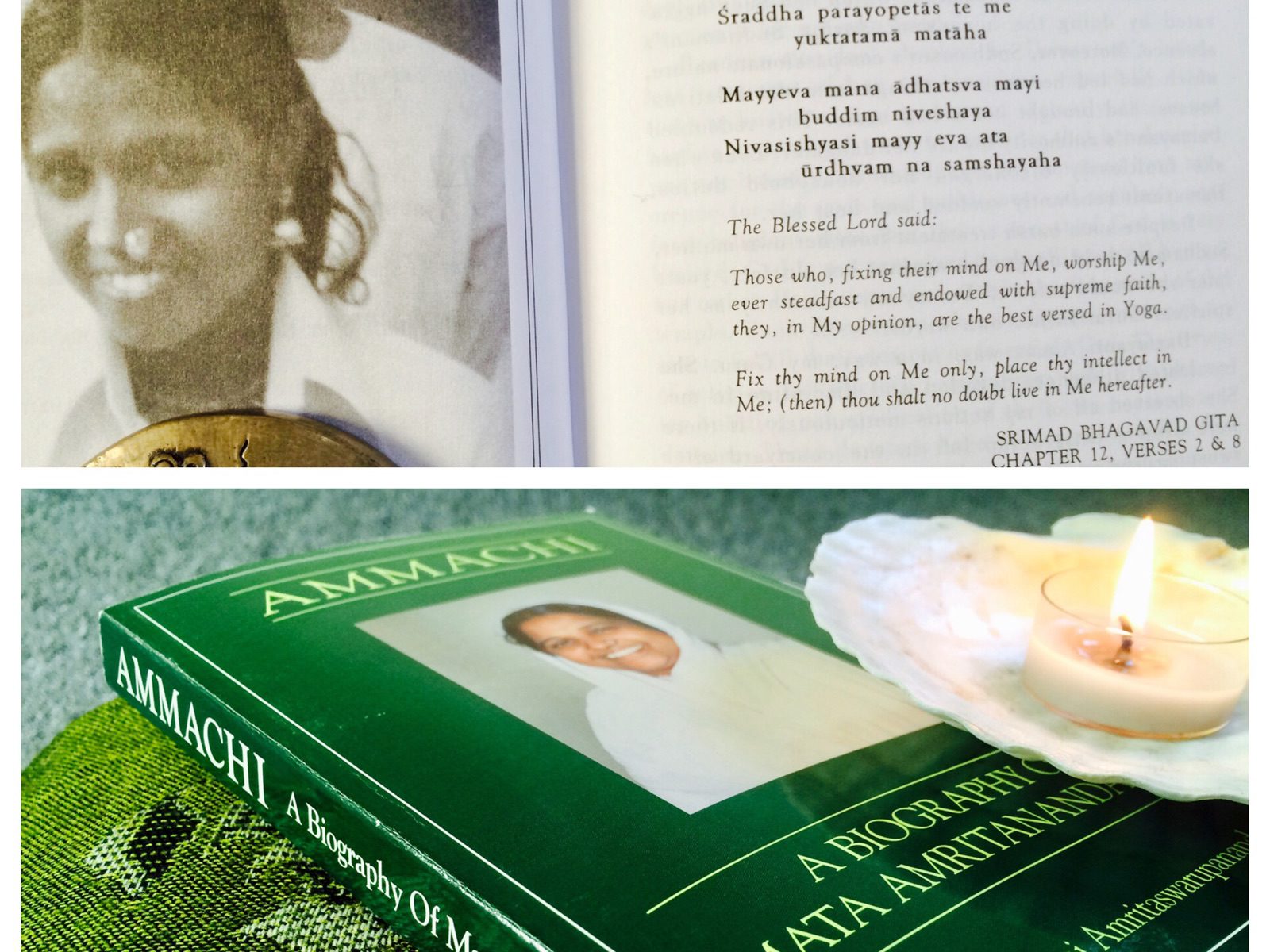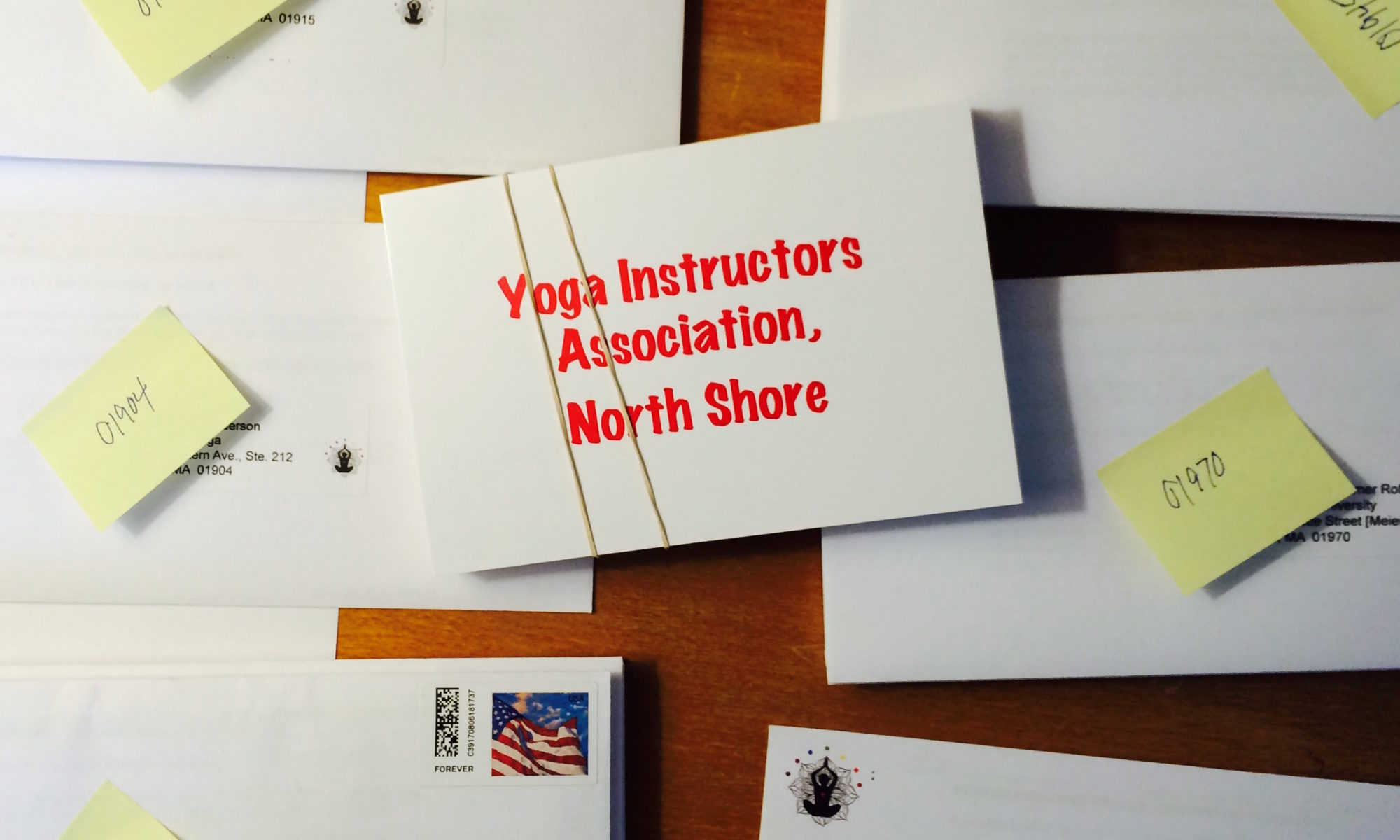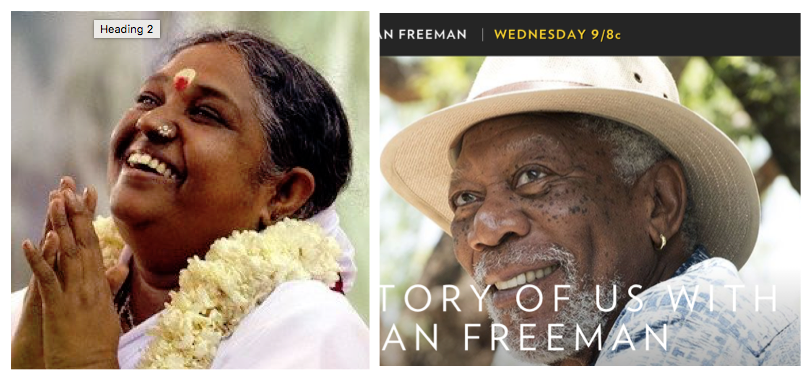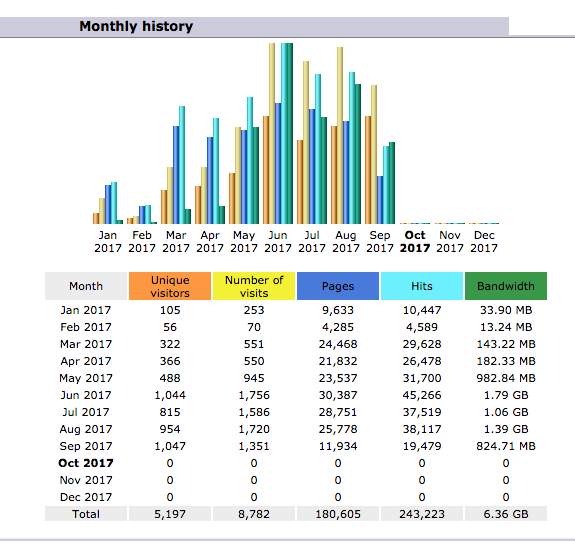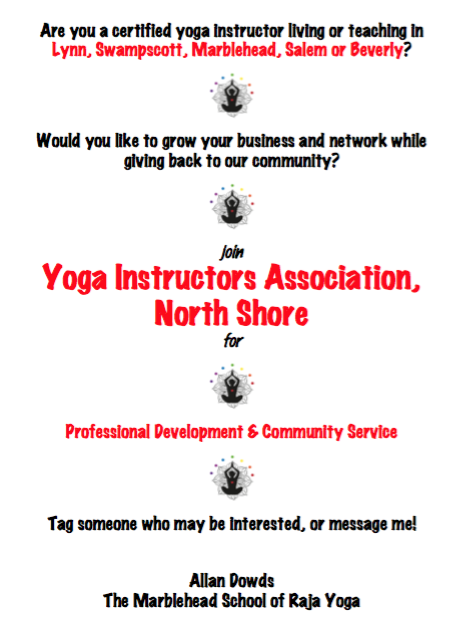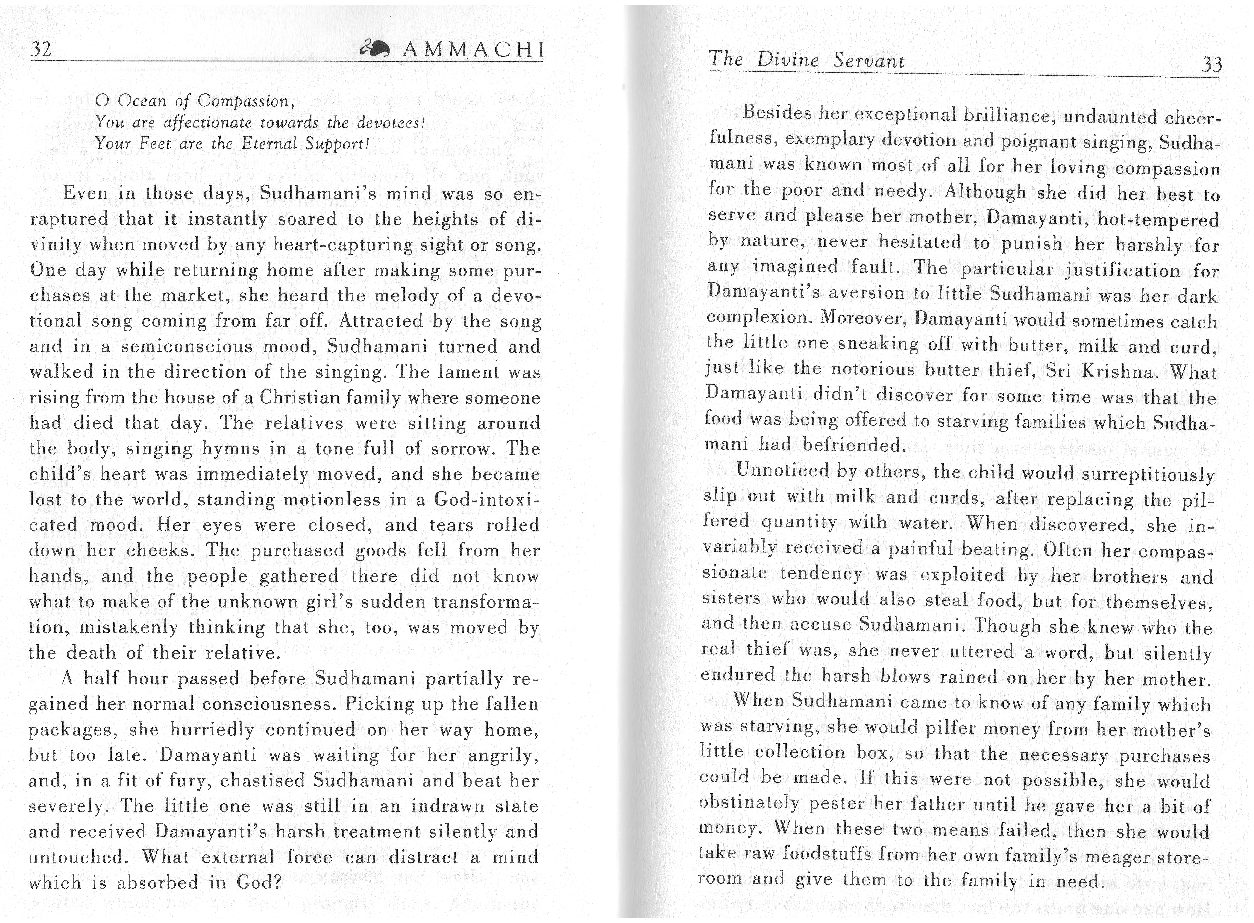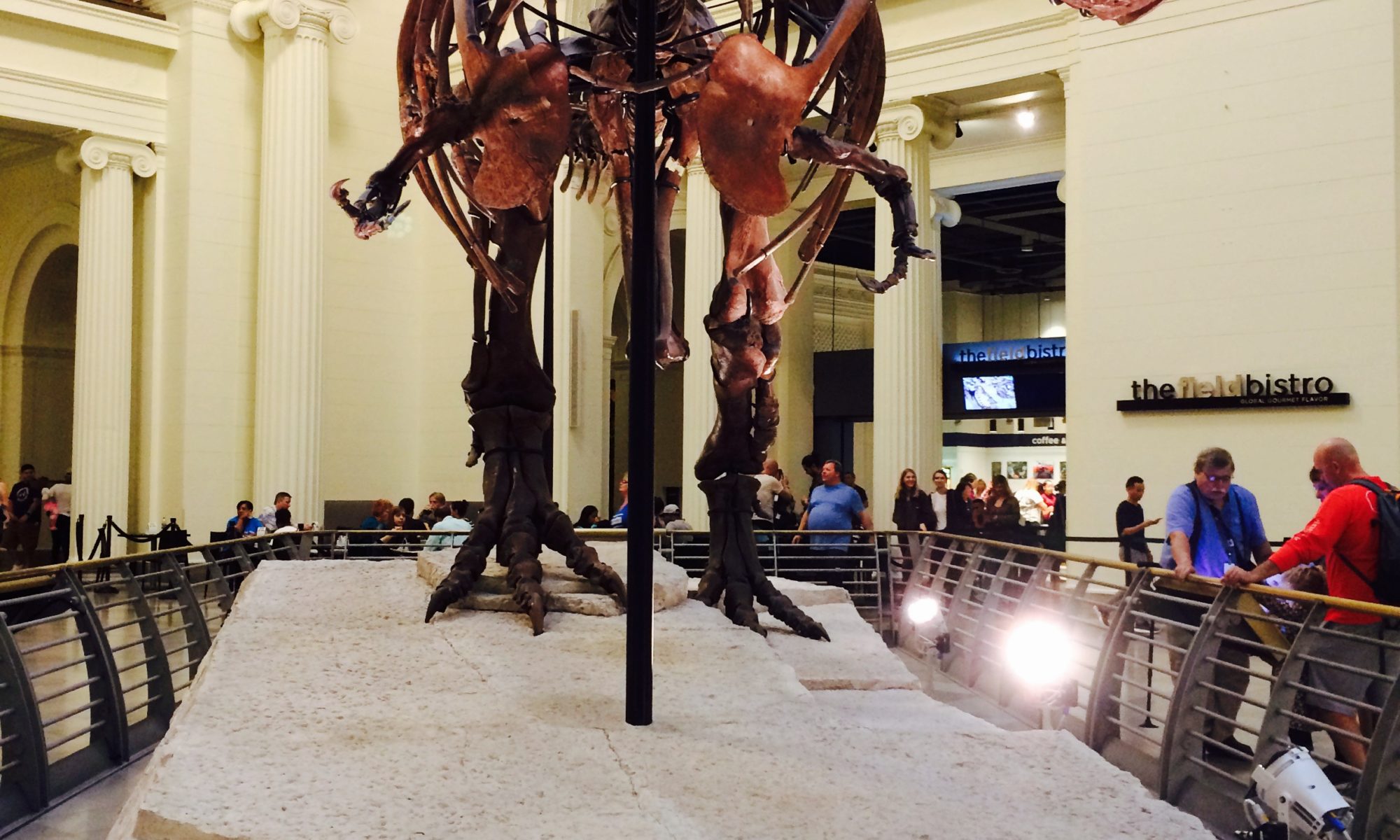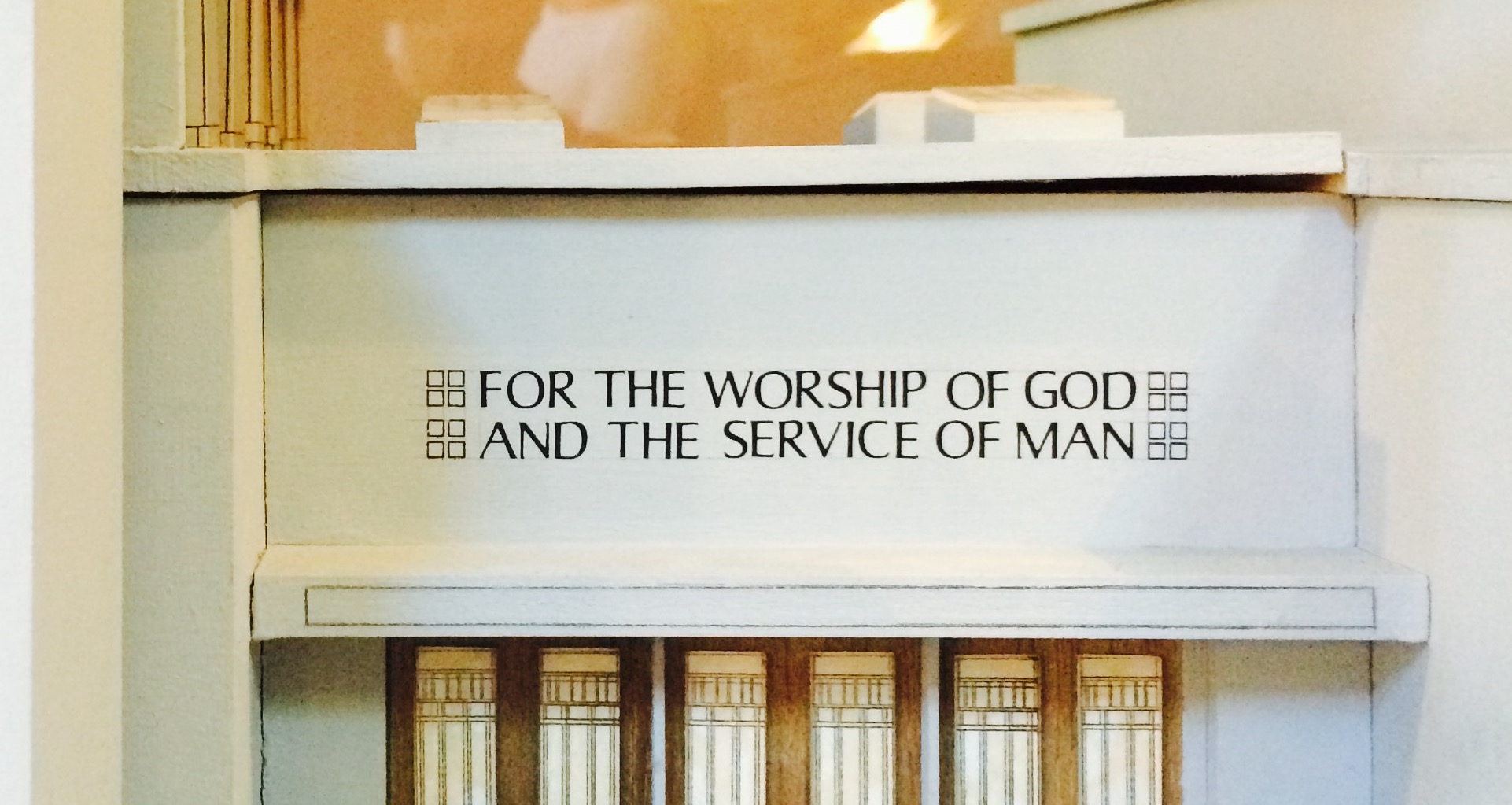From a book: Amma’s biography
This morning we read from Amma’s biography. As I told my wife later, if the story of Amma’s childhood is even “directionally correct” (as we used to say in auditing), the woman is a saint.
If you’re looking for inspiration, purpose, or a living example of faith and devotion, read her biography, or better yet, go meet her! You’ll be glad you did.
From TV: National Geographic’s “The Story of Us”
While this blog is primarily about me and Amma (no ego here), I have to give equal mention to the individuals highlighted in National Geographic’s “The Story of Us”, narrated by Morgan Freedman.
Mr. Freedman seems divinely inspired as he narrates the stories of 4-5 people who, against all odds, survived unimaginable anguish through sheer force of will (strength of mind).
The show is breathtaking: shockingly-awful (inasmuch as we see the worst of humanity alongside the best) and yet somehow simultaneously equally inspiring.
Humans are capable of miraculous physical and mental toughness and endurance (individually – let alone as a species!!). It’s not a coincidence that we’re the most consciously-evolved beings on the planet – so far!
The Sinner
When I was in the third grade we moved from a close suburb of NYC to rural Vermont. My father literally took us as far away from his in-laws as possible.
That was one of two points of transition in my young life when I turned to God (albeit briefly).
I attended fourth grade in a two-story brick schoolhouse with a basement, or more precisely, a post WWII air raid shelter converted to a cafeteria/music room.
One of my favorite songs as a traumatized and uprooted 8 year old was “Onward Christen Soldiers”. I loved that song! One day during “music” class – held in the concrete basement of the old school house – tight quarters and cement walls did wonders for the acoustics – we started to sign my favorite song!!
“Started” because, virtually as soon as I opened my mouth and belted out the first few words, the teacher stopped the entire production, singled me out, and told me to stop singing. Apparently, I was off pitch.
OK, I was beyond humiliated in front of a bunch of country kids I barely knew and had nothing in common with – BUT at least they were going to keep singing my favorite song!
“Were”, because again, almost as soon as the signing started the teacher halted everything, singled me out, and again told me to shut my mouth. Apparently, lip-synching – especially enthusiastically – wasn’t acceptable in 1965.
The Saint
Amma embodies the concept of worship through service.
Like the oppositional states of matter that sustain us, I can only marvel at, and laud her ceaseless, tireless drive to honor and serve God by relieving OTHER people’s suffering – at her own expense!!
Be inspired
Be inspired to act self-less-ly rather than self-ish-ly.
Read Amma’s story: the poor thing was an “untouchable”, shunned, beaten and abused by her own mother; horrifically treated – in part simply because of her dark complexion! Yet she accepted it all as lessons from her beloved God provided to deepen her understanding of the Truth.
Or watch the stories of individual heroism narrated by Mr. Freedman and be moved to tears of joy and sorrow – and experience profound respect and admiration for people with a purpose who are willing to die for someone or something other than themselves.
That level of faith, conviction and love is not just inspiring, it’s divine.
Namaste


